In any industry sector, businesses heavily rely on electrical systems to power their operations. Understanding the different types of electrical cables and their applications is crucial for ensuring safe and efficient electrical installations. In this article, we will delve into the various electrical cable types commonly used in commercial and industrial settings, providing businesses with the necessary knowledge to make informed decisions. 1. Non-Metallic (NM) Cables: Non-Metallic (NM) cables, also known as Romex cables, are widely used in residential and light commercial applications. Typically, NM cables consist of two or more insulated conductors and a bare ground wire, encased within a plastic sheath. These cables are suitable for indoor installation and are commonly used for general lighting, outlets, and small appliances. 2. Armored Cables (AC): Armored cables, commonly referred to as BX cables, are designed to provide additional protection against physical damage.
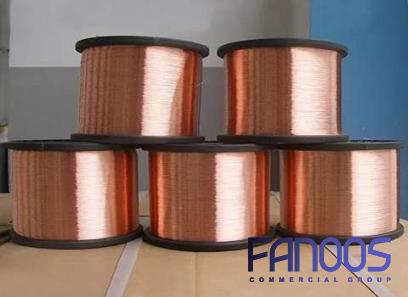
.
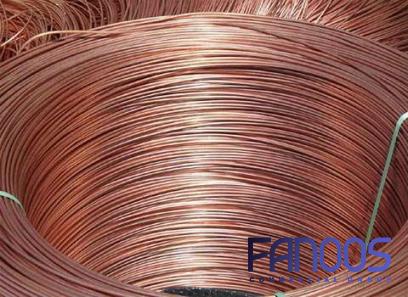 They are comprised of insulated conductors encased within a flexible metal casing, usually made of aluminum or steel. AC cables are well-suited for industrial and commercial applications that require installations in areas prone to mechanical stress or exposure to moisture, such as outdoor environments. 3. Metallic Sheathed Cables (MC): Similar to AC cables, Metallic Sheathed Cables (MC) are used in commercial and industrial settings where additional protection is necessary. MC cables consist of insulated conductors, a grounding wire, and an overall metal sheath. This design offers better resistance to impact, moisture, and fire. MC cables are commonly used for indoor and outdoor installations, including but not limited to, distribution panels, motors, and machinery.
They are comprised of insulated conductors encased within a flexible metal casing, usually made of aluminum or steel. AC cables are well-suited for industrial and commercial applications that require installations in areas prone to mechanical stress or exposure to moisture, such as outdoor environments. 3. Metallic Sheathed Cables (MC): Similar to AC cables, Metallic Sheathed Cables (MC) are used in commercial and industrial settings where additional protection is necessary. MC cables consist of insulated conductors, a grounding wire, and an overall metal sheath. This design offers better resistance to impact, moisture, and fire. MC cables are commonly used for indoor and outdoor installations, including but not limited to, distribution panels, motors, and machinery.
..
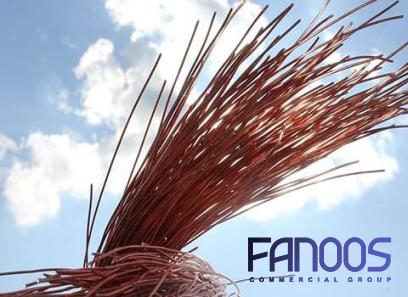 4. Mineral-Insulated Cables (MI): Mineral-Insulated (MI) cables are specifically designed to withstand high temperatures and provide enhanced fire resistance. Constructed with copper conductors insulated using a magnesium oxide mineral powder, MI cables are encased in a flexible metal sheath. This type of cable is commonly found in locations where fire safety is critical, such as power plants, refineries, and high-rise buildings. 5. Coaxial Cables: Coaxial cables are widely used for high-frequency signal transmissions, making them suitable for telecommunications, cable television networks, and data communication systems. These cables consist of a central conductor surrounded by insulation and a metallic shield, providing excellent shielding against interference and minimizing signal loss. 6. Fiber Optic Cables: In the digital age, businesses heavily rely on fast and reliable data transmission.
4. Mineral-Insulated Cables (MI): Mineral-Insulated (MI) cables are specifically designed to withstand high temperatures and provide enhanced fire resistance. Constructed with copper conductors insulated using a magnesium oxide mineral powder, MI cables are encased in a flexible metal sheath. This type of cable is commonly found in locations where fire safety is critical, such as power plants, refineries, and high-rise buildings. 5. Coaxial Cables: Coaxial cables are widely used for high-frequency signal transmissions, making them suitable for telecommunications, cable television networks, and data communication systems. These cables consist of a central conductor surrounded by insulation and a metallic shield, providing excellent shielding against interference and minimizing signal loss. 6. Fiber Optic Cables: In the digital age, businesses heavily rely on fast and reliable data transmission.
…
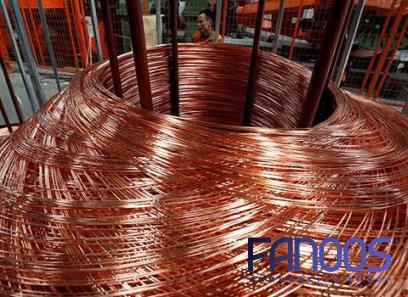 Fiber optic cables offer exceptional data transfer speeds and increased bandwidth. These cables are made of optically pure glass fibers, which transmit data through pulses of light. Fiber optic cables are commonly used in network infrastructure, telecommunications, and high-speed internet connections. Conclusion: Understanding the various types of electrical cables available for commercial and industrial applications is essential when planning electrical installations. From NM cables common in residential settings to MI cables providing fire resistance, businesses must consider specific requirements based on their operations and safety considerations. By incorporating the right electrical cable types, businesses can ensure safe and uninterrupted power supply, supporting their operational efficiency and overall success.
Fiber optic cables offer exceptional data transfer speeds and increased bandwidth. These cables are made of optically pure glass fibers, which transmit data through pulses of light. Fiber optic cables are commonly used in network infrastructure, telecommunications, and high-speed internet connections. Conclusion: Understanding the various types of electrical cables available for commercial and industrial applications is essential when planning electrical installations. From NM cables common in residential settings to MI cables providing fire resistance, businesses must consider specific requirements based on their operations and safety considerations. By incorporating the right electrical cable types, businesses can ensure safe and uninterrupted power supply, supporting their operational efficiency and overall success.
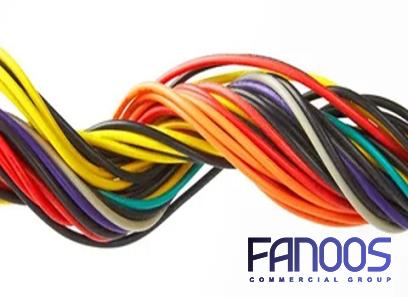
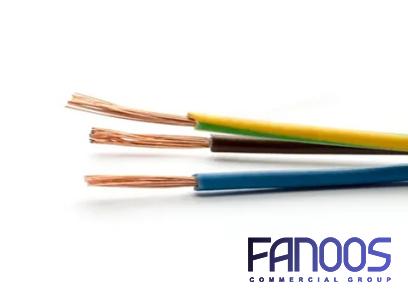
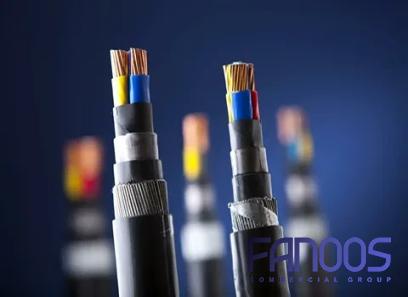
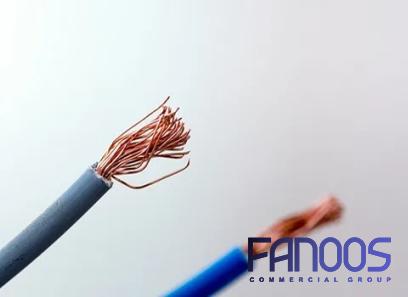
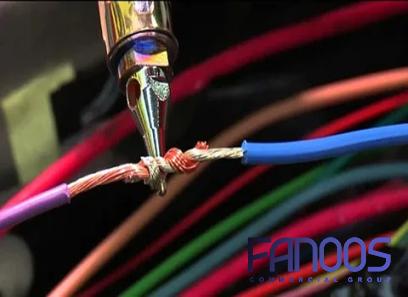
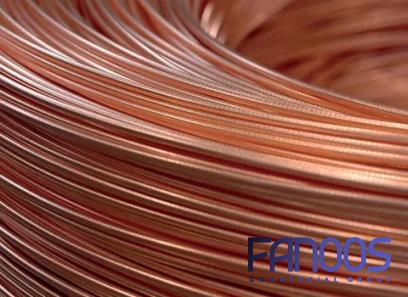
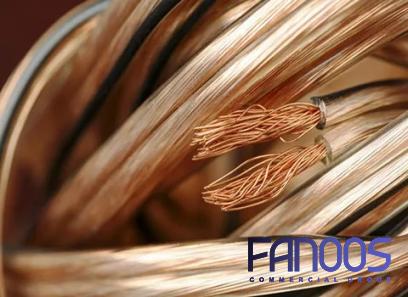
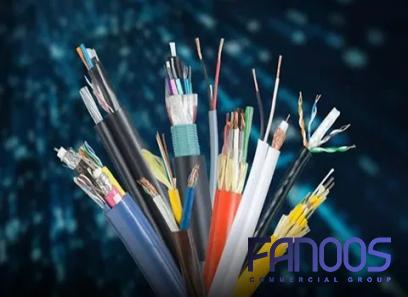
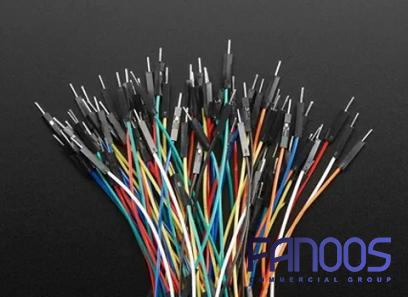
Your comment submitted.